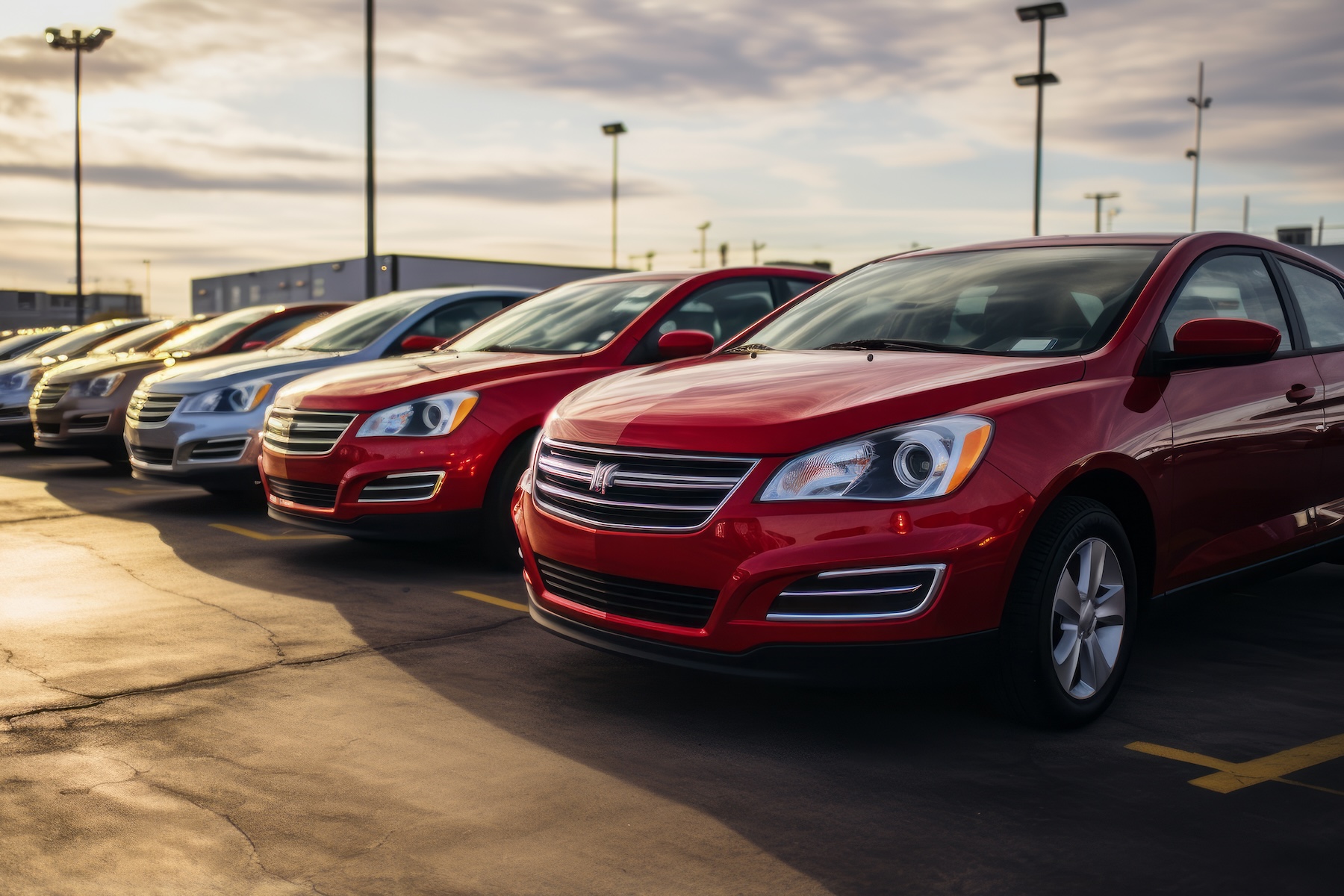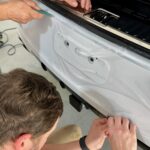Auto detailing is an art and a science, and nowhere is this more evident than when comparing the care and maintenance of classic cars versus modern vehicles. Each type of vehicle has its own unique requirements, and understanding these differences is crucial for achieving the best results. In this article, we’ll explore how auto detailing approaches vary for classic cars and modern marvels, focusing on special considerations for vintage paint, chrome, and interior materials, as well as contemporary finishes and technologies.
Understanding Classic Cars
Classic cars, typically defined as those over 25 years old, are more than just vehicles; they are pieces of history. Their unique designs, materials, and finishes require a specialized approach to detailing. Here are some key considerations:
Paintwork
Classic cars often feature single-stage paint, which lacks the clear coat found on modern vehicles. This type of paint can be more susceptible to oxidation and fading. Detailing a classic car’s paint involves:
- Gentle Cleaning: Using pH-balanced, non-abrasive cleaners to avoid stripping away the paint.
- Polishing: Carefully removing oxidation and minor scratches with fine-grade polishes.
- Waxing: Applying a high-quality carnauba wax to protect the paint and enhance its shine.
Chrome and Metalwork
Classic cars are known for their extensive use of chrome and polished metal. These materials can tarnish over time and require meticulous care:
- Cleaning: Using non-abrasive metal cleaners to remove tarnish and stains without scratching the surface.
- Polishing: Buffing the chrome to a high shine with specialized metal polishes.
- Protecting: Applying a protective coating to prevent future tarnishing and maintain the shine.
Interiors
The interiors of classic cars often feature materials like leather, vinyl, and wood, which require special attention:
- Leather Care: Cleaning with gentle, pH-balanced leather cleaners and conditioning to keep the leather supple and prevent cracking.
- Vinyl and Plastic: Using non-greasy, UV-protectant products to clean and protect vinyl and plastic surfaces.
- Wood Trim: Cleaning with a soft cloth and wood-specific products to preserve the finish and prevent damage.
Detailing Modern Vehicles
Modern vehicles come with their own set of challenges and benefits, thanks to advancements in automotive technology and materials. Here are some key considerations for detailing modern cars:
Clear Coat Paint
Most modern cars feature a multi-stage paint process with a clear coat that provides added protection and a glossy finish. Detailing modern paint involves:
- Decontamination: Using clay bars or chemical decontaminants to remove embedded dirt and contaminants.
- Polishing: Using machine polishers with varying levels of abrasiveness to remove swirl marks and light scratches.
- Ceramic Coating: Applying a ceramic coating to enhance protection, provide a hydrophobic surface, and maintain the car’s glossy appearance for longer periods.
Plastic and Composite Materials
Modern cars make extensive use of plastic and composite materials, which require specific care techniques:
- Cleaning: Using products designed for plastic to avoid fading and cracking.
- Protecting: Applying UV protectants to prevent sun damage and maintain the integrity of plastic components.
Advanced Interiors
Modern interiors often feature a mix of synthetic materials, leather, and high-tech components. Detailing these interiors involves:
- Synthetic Upholstery: Cleaning with appropriate fabric cleaners and protecting with stain repellents.
- Leather Seats: Using modern leather care products that clean and condition without leaving a greasy residue.
- Electronic Components: Carefully cleaning and protecting touchscreens and other electronic surfaces to prevent damage and maintain functionality.
Bridging the Gap
While there are distinct differences in detailing classic and modern cars, there are also similarities. Both require attention to detail, patience, and a deep understanding of materials and techniques. Here are some universal tips that apply to both types of vehicles:
Consistent Maintenance
Regular cleaning and maintenance are crucial for preserving the appearance and value of any car, classic or modern. This includes routine washing, waxing, and interior care.
Professional Expertise
Seeking professional detailing services ensures that your vehicle receives the best possible care. Professionals have access to high-quality products, advanced tools, and the expertise to handle any detailing challenge.
Protection
Whether through traditional wax or advanced ceramic coatings, protecting your vehicle’s exterior is essential. These products provide a barrier against environmental contaminants, UV rays, and minor scratches.
Conclusion
Detailing classic cars and modern vehicles requires a tailored approach that respects the unique characteristics of each. Classic cars need gentle, meticulous care to preserve their historical value, while modern cars benefit from advanced products and techniques to maintain their pristine condition. At August Precision, we understand these nuances and offer specialized services to cater to both classic and contemporary vehicles, ensuring they look their best and remain protected for years to come.









